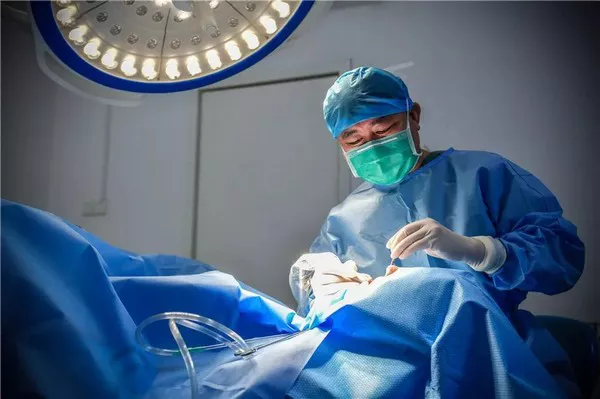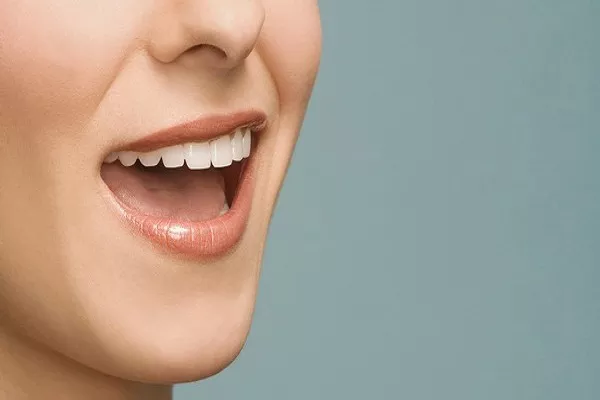Orthodontic treatment is the process of straightening teeth and correcting bite alignment issues using braces, aligners, and other appliances. During orthodontic treatment, teeth are moved through the bony socket that holds them in place in the jawbone.
This process is made possible by a combination of physical force and biological processes that allow the tooth to shift position within the socket.
Physical Force
The physical force used to move teeth during orthodontic treatment is created by the application of pressure to the tooth. This pressure can be applied in a number of ways, depending on the type of appliance used. For example, traditional metal braces use wires and brackets to apply pressure to the teeth, while clear aligners use a series of custom-made trays to gently guide the teeth into the desired position.
As pressure is applied to the tooth, it creates tension in the periodontal ligament, the connective tissue that anchors the tooth to the bone. This tension stimulates cells within the ligament to break down and rebuild bone tissue, allowing the tooth to move through the bony socket. Over time, the ligament adapts to the new position of the tooth, and the bone tissue around the tooth remodels itself to support the tooth in its new location.
Biological Processes
In addition to the physical force applied during orthodontic treatment, there are several biological processes that contribute to the movement of teeth in the bony socket. One of these processes is called bone remodeling, which involves the breakdown and rebuilding of bone tissue in response to changes in pressure and tension. As pressure is applied to the tooth, bone cells called osteoblasts are stimulated to break down old bone tissue and lay down new bone tissue in response to the changing forces.
Another biological process that contributes to tooth movement during orthodontic treatment is called cellular differentiation. This process involves the transformation of undifferentiated cells within the periodontal ligament into specialized cells that help to remodel the bone tissue around the tooth. As these cells differentiate, they contribute to the process of bone remodeling and help to support the tooth in its new position.
In conclusion, the movement of a tooth in a bony socket during orthodontic treatment is a complex process that involves a combination of physical force and biological processes. By applying pressure to the tooth and stimulating the cells within the periodontal ligament, orthodontic appliances are able to move teeth through the bony socket and into their desired position. While the process may take time and require some discomfort, the end result is a beautiful, healthy smile that can improve overall oral health and self-confidence.
































